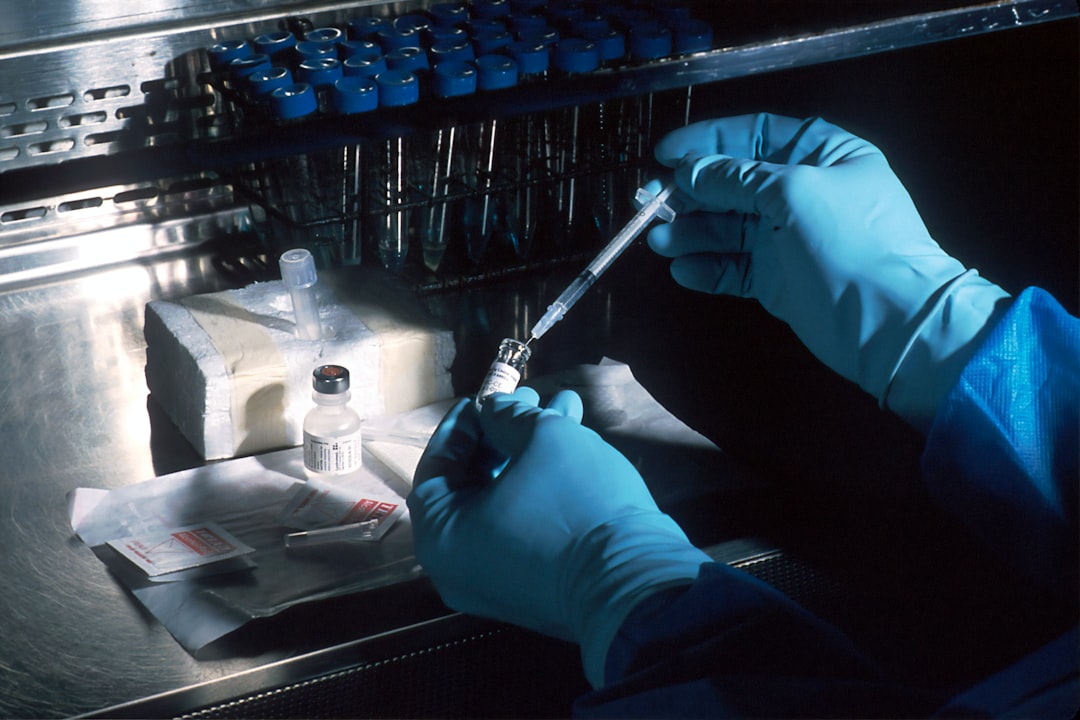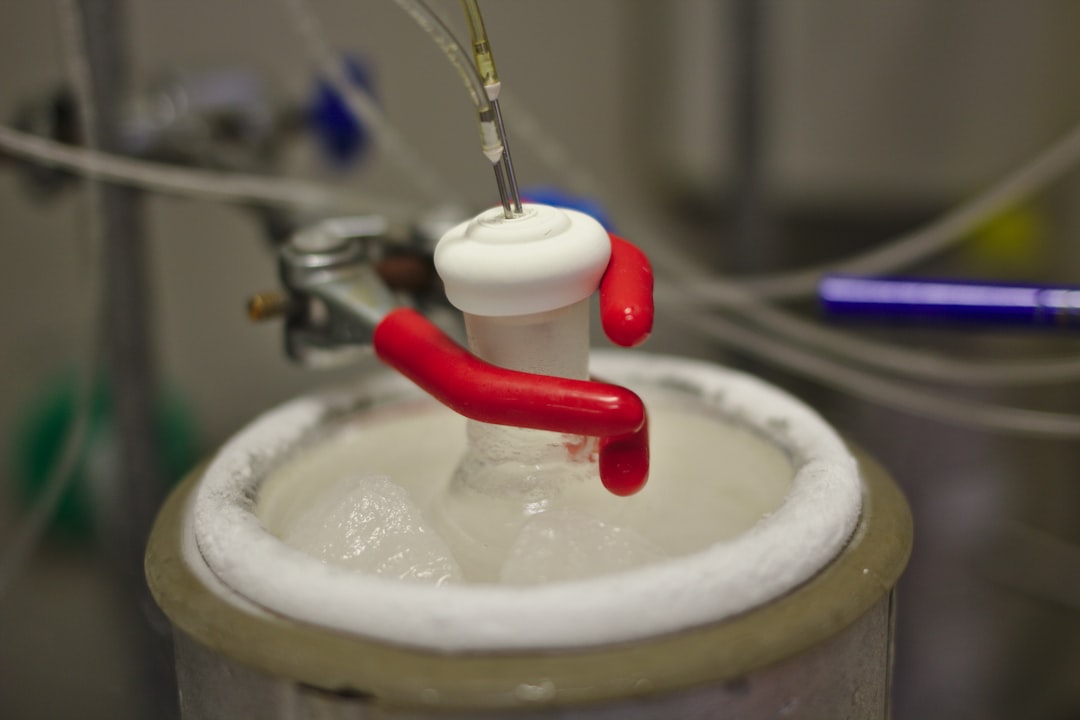What is it about?
Rearrangements as an important class of organic reactions could provide structural isomers of the original molecules. They can transform precursors into favourable difficult-to-make products. One of the important synthetic tools in modern organic chemistry is the Smiles rearrangement and its different variants, which have diverse applications in organic chemistry.
Featured Image
Why is it important?
The Smiles rearrangement is one of the intramolecular nucleophilic aromatic substitution reactions wherein incorporate a heteroatom as a nucleophile and an activated electrophilic arene. Regarding the importance of nucleophiles’ role in the development of different variants of the Smiles rearrangement herein, we have surveyed several examples of Smiles rearrangement with the emphasis on their nucleophiles’ types. Accordingly, three classes of Smiles rearrangement, employing carbanion, oxygen and nitrogen as different nucleophiles have been investigated which are accompanied by their detailed mechanisms.
Perspectives
Categorization of Smiles rearrangements according to their nucleophiles’ species provides the better understanding about these rearrangements that could enhance the synthesis of useful chemical compounds such as medicinal compounds, functional materials and so on. Representation of different aspects of Smiles rearrangement such as their mechanisms and synthetic utility helps researchers understand and take advantage of Smiles rearrangement to make a greater attempt to further development in this important class of reactions.
farzaneh moradnia
Read the Original
This page is a summary of: Several Species of Nucleophiles in the Smiles Rearrangement, Current Organic Chemistry, July 2017, Bentham Science Publishers,
DOI: 10.2174/1385272821666170420172606.
You can read the full text:
Contributors
The following have contributed to this page










